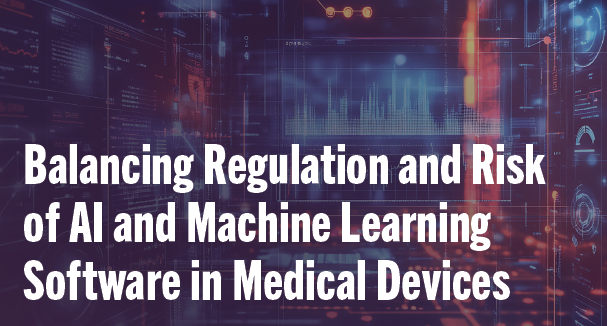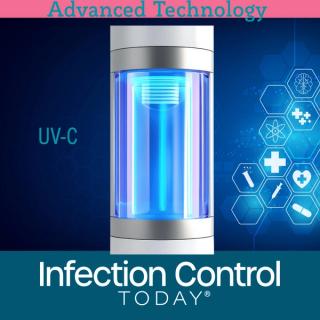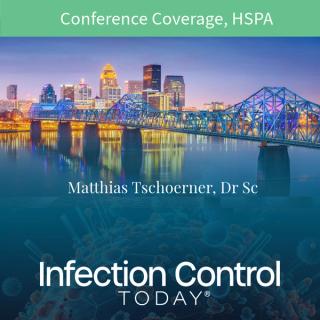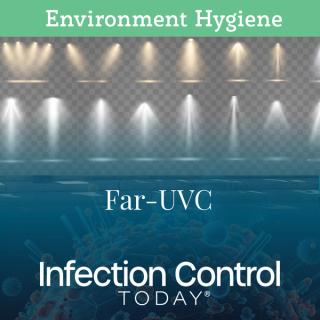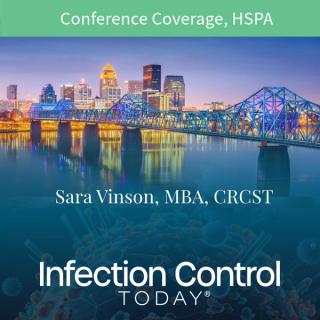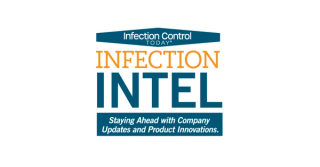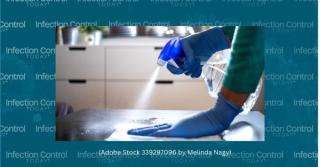
Advanced Technology
Latest News
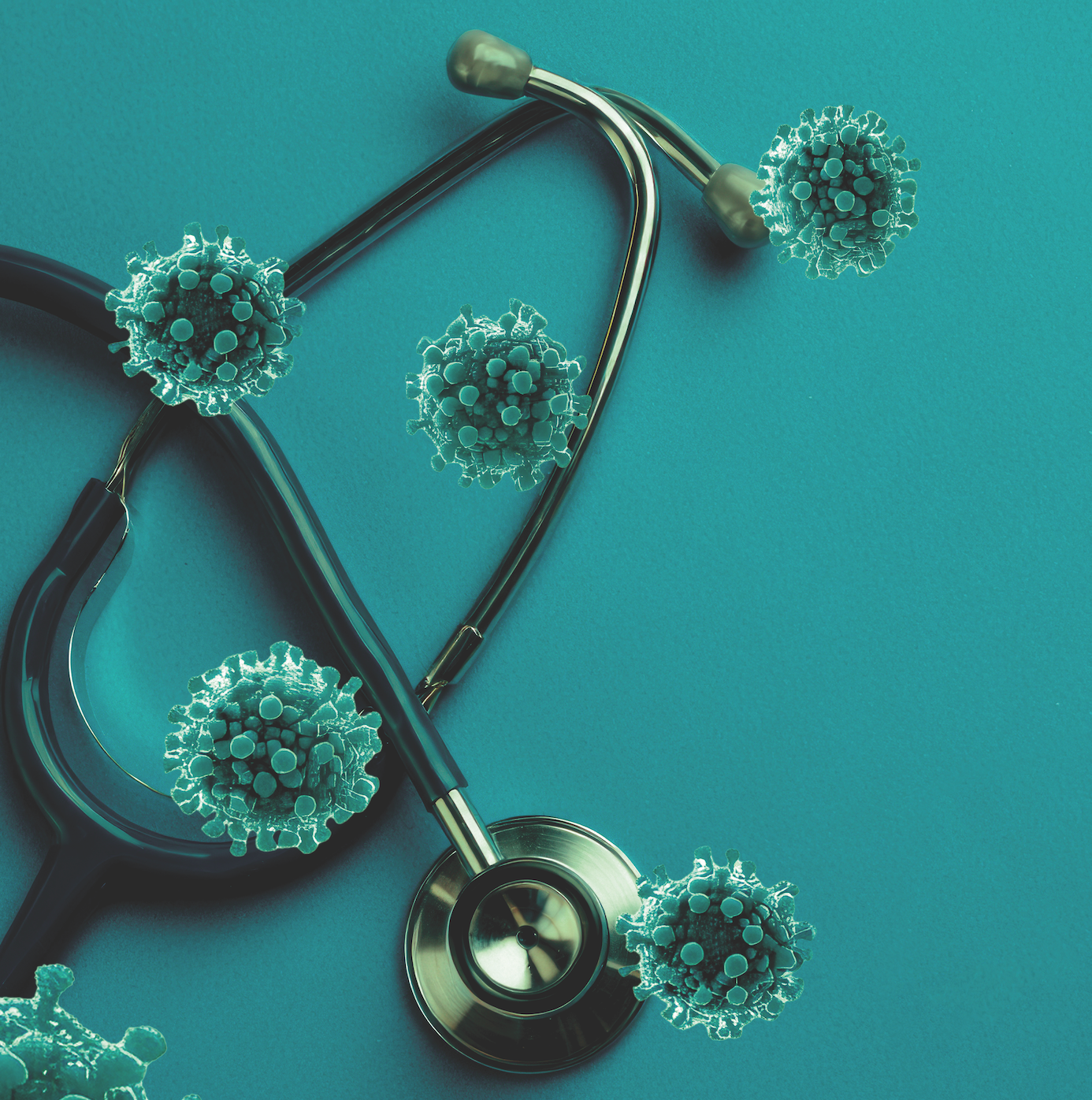
Latest Videos

Shorts

More News
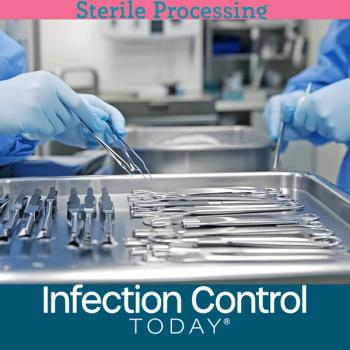
Sterilization is the backbone of safe patient care, but not all methods are created equal. From steam’s tried-and-true reliability to ethylene oxide’s versatility for complex devices and hydrogen peroxide plasma’s rapid, residue-free cycles, each technique carries unique advantages—and limitations. Understanding when and how to use them can mean the difference between seamless infection prevention and costly setbacks.

Join global leaders in infection prevention, pandemic response, and public health strategy at the Health Watch USA 20th Annual Conference. This is your chance to gain actionable insights on emerging pathogens, vaccine misinformation, and antibiotic resistance, while earning CE credits at no cost. Don’t wait; Be part of the solution.
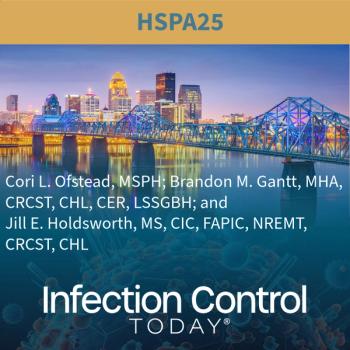
At the 2025 HSPA Annual Conference & Expo, Cori L. Ofstead, MSPH, highlighted critical flaws in manufacturers’ instructions for use (IFUs) for orthopedic and neurosurgical instruments. From contradictory directions to unrealistic cleaning expectations, these IFUs often fail under real-world conditions, jeopardizing both patient safety and sterile processing workflows.

From unsterilized surgical tools in Colorado to a years-long methicillin-resistant Staphylococcus aureus (MRSA) outbreak in Virginia and a surging measles crisis in Canada, recent headlines reveal the fragile front lines of infection prevention and the high stakes when systems fail.

In an era defined by digital transformation and post-pandemic urgency, telemedicine has evolved beyond virtual visits to become a vital infrastructure for delivering personal protective equipment (PPE) and managing sterile supplies. By enabling real-time forecasting, remote quality control, and equitable distribution, telemedicine is revolutionizing how health care systems protect both patients and providers.

Discover how AI-powered sensors, smart surveillance, and advanced analytics are revolutionizing infection prevention in the OR. Herman DeBoard, PhD, discusses how these technologies safeguard sterile fields, reduce SSIs, and help hospitals balance operational efficiency with patient safety.

Flexible endoscopes revolutionized modern medicine—but their complex design poses persistent sterilization challenges. With mounting infection risks and emerging innovations, experts are rethinking how to clean and safeguard one of health care’s most indispensable tools.

With surgical site infections on the rise, experts argue that systemic antibiotics fall short, and targeted drug delivery may be the future of surgical infection prevention.
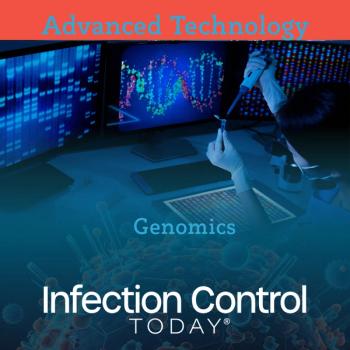
A string of infections following routine knee surgeries in Tennessee has escalated into litigation, raising questions about how—and when—health care facilities should detect outbreaks. As genomic surveillance gains traction in infection prevention, some fear it could increase legal risk. In reality, it may offer hospitals their strongest legal defense.

From expert speakers to cutting-edge tools, sterile processing conferences, like the 2025 HSPA Annual Conference and the SoCal SPA's Spring Conference, offer unmatched opportunities to grow your skills, expand your network, and strengthen your department's infection prevention game.
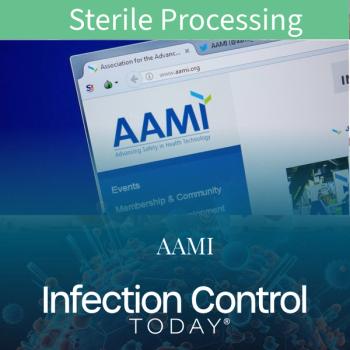
AAMI TIR17:2024 provides updated, evidence-based guidance on material compatibility with sterilization modalities. It offers essential insights for medical device design and ensures safety without compromising functionality.
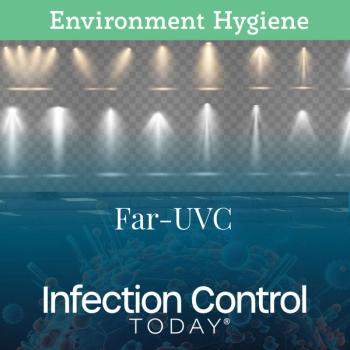
Health care-associated infections pose a global threat. In the op-ed, experts advocate for Far-UVC light as a safe, effective tool to reduce airborne pathogens, enhancing infection control in hospitals and public spaces.
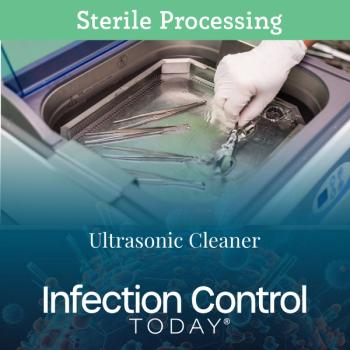
Ultrasonic cleaners enhance sterile processing by removing microscopic bioburden, ensuring safer medical instruments, reducing infection risks, and improving efficiency compared to manual cleaning alone.

Short-cycle sterilization offers a safe, efficient alternative to immediate-use sterilization, ensuring rapid instrument turnover while maintaining sterility. Proper protocols, validation, and staff training are critical for success.
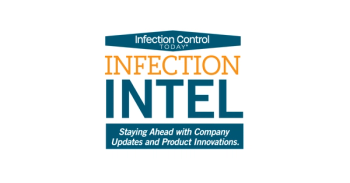
GermZAPP is an affordable hand hygiene system designed to educate, monitor, and encourage adherence in schools, nursing homes, and health care settings, effectively addressing gaps in infection control.

A surge in human metapneumovirus (hMPV) cases highlights the need for improved detection, prevention, and public awareness, particularly for vulnerable populations such as children, elderly, and immunocompromised individuals.
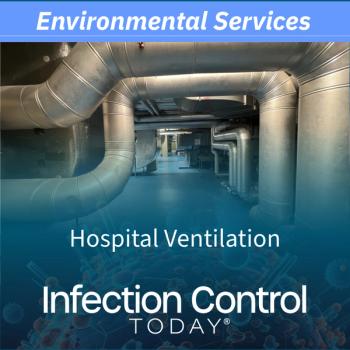
New research reveals hospital ventilation and air purifiers may unintentionally spread viral particles, increasing infection risks. Infection preventionists must rethink airflow strategies to protect patients and staff.
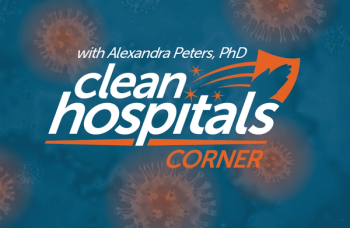
Despite revolutionary advancements like alcohol-based hand rubs, infection prevention still faces major hurdles. Poor adherence to hygiene, overreliance on technology, and understaffed environmental services create perfect storm conditions for deadly outbreaks.
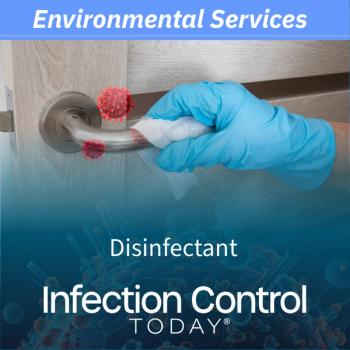
Hospitals rely on automated disinfectant dispensers, but a study led by Curtis Donskey, MD, found inconsistent dilution levels, with some dispensers releasing only water. Improved monitoring and design modifications are essential.
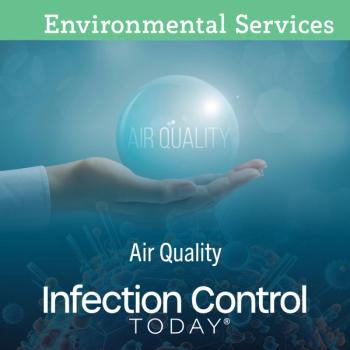
Evolving air quality monitoring technologies, like an IAQ Exposure Index, provide real-time data to detect airborne contaminants, enhance infection control, and protect vulnerable healthcare populations from respiratory exposures.

EvaClean partners with Microsplitting Ltd. to distribute its advanced disinfection systems and absorbents, revolutionizing infection prevention across health care, education, hospitality, and industrial sectors worldwide.
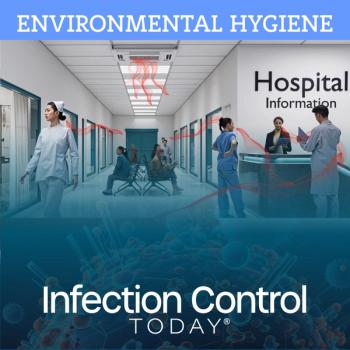
Adopting IDEA—identify, define, explain, apply—streamlines contamination control. Infection control professionals can mitigate risks through prevention, intervention, and training, ensuring safer health care environments and reducing frequent contamination challenges.

Barinthus Bio’s Phase 2b trial shows VTP-300’s potential to achieve functional cures for chronic hepatitis B, with promising HBsAg loss, safety, and durable immune responses.
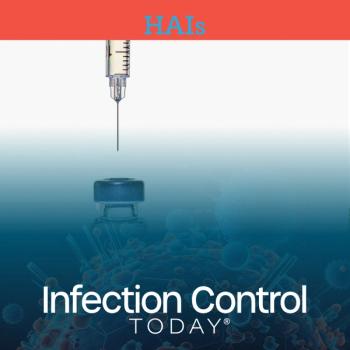
IDWeek 2024 continues to give encouraging studies. Check out several more from CSL Seqirus and Shionogi.

Today's Infection Intel discusses updates from Johnson & Johnson MedTech, Merck and Ridgeback, MicroLumix, and Evinature. Read on to learn the latest.




